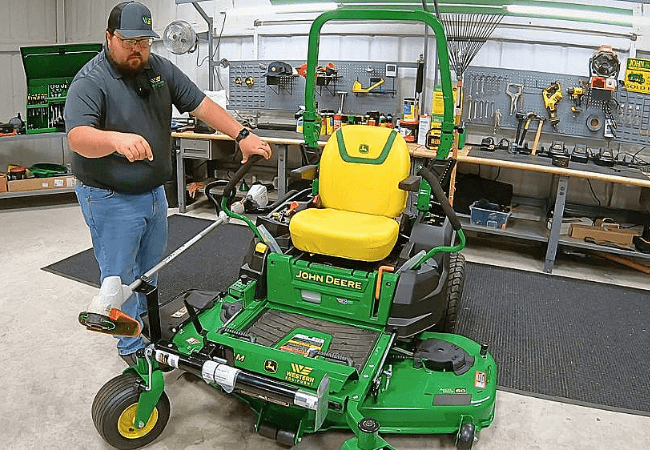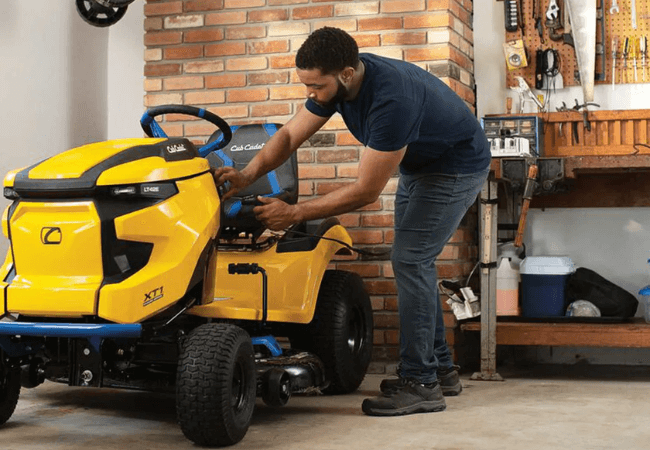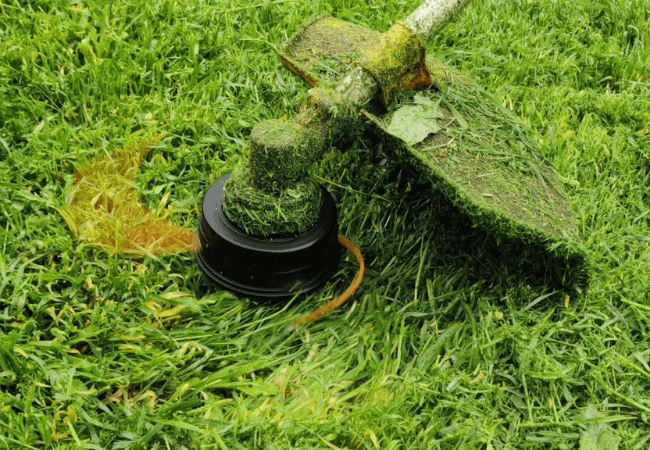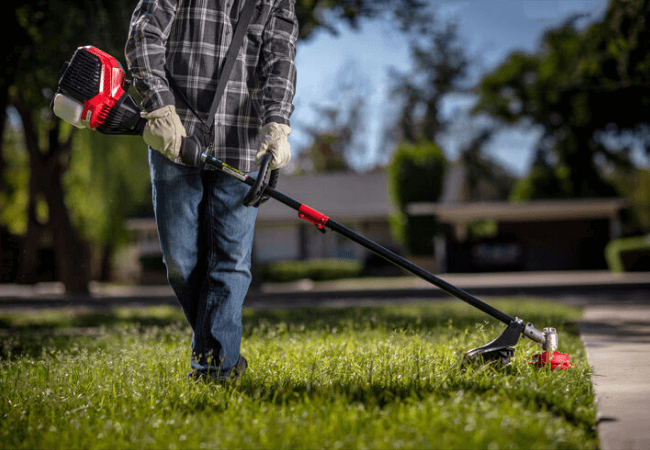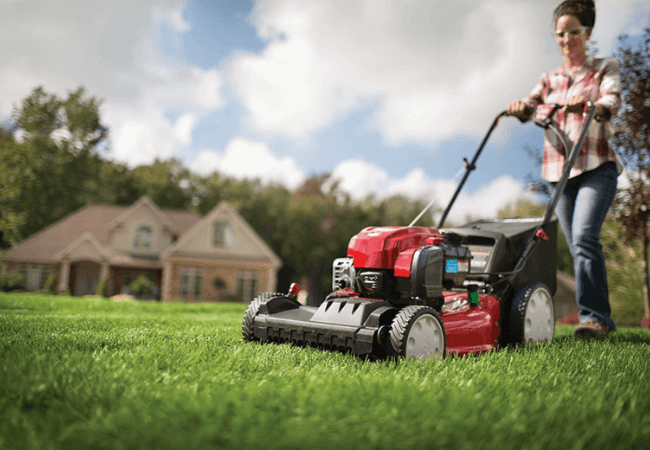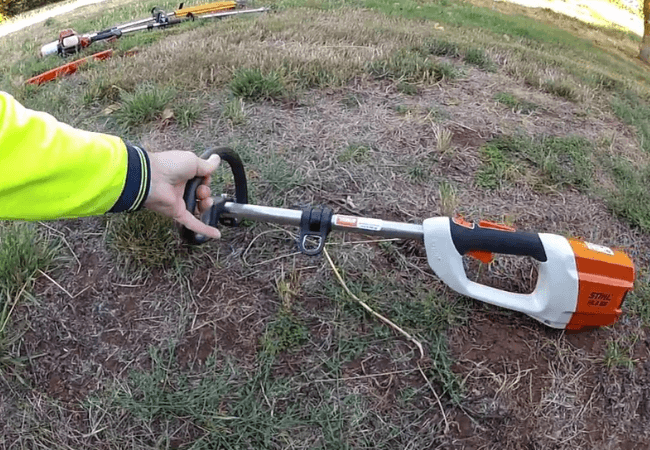Due to their simplicity of use and effective mowing capabilities, hydrostatic mowers are preferred by both professionals and homeowners.
These mowers have hydraulic transmissions that give them power and control while enabling smooth, accurate travel over lawns and other surfaces.
Nonetheless, the mower’s difficulty to climb hills is a problem that many owners of hydrostatic mowers encounter regularly.
This can be annoying for property owners with steep or uneven terrain and can significantly reduce the mower’s overall efficacy.
To maintain your hydrostatic mower in top shape, we’ll look at the reasons of this issue, how to troubleshoot and fix it, and the value of preventative maintenance in this blog post.
You can resume mowing your lawn effectively and easily by comprehending the causes of a hydrostatic mower’s difficulty ascending hills and how to fix them.
Why Your Hydrostatic Mower Won’t Go Up Hills
why it’s important to fix it
A hydrostatic mower that can’t climb hills has limited functionality and can’t efficiently maintain sloped or uneven ground, so it’s crucial to address this problem.
Also, this issue may put an excessive amount of strain on the mower’s engine and transmission, resulting in further damage and possibly expensive repairs.
Also, a mower that has trouble with slopes may provide a safety risk, particularly if it loses control or becomes stuck on a slope.
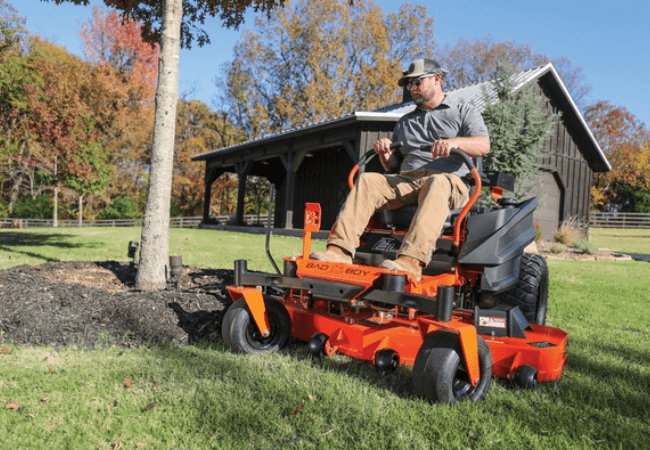
You can make sure that your hydrostatic mower is running safely and efficiently and that you can easily manage your lawn or landscape by determining and fixing the sources of this problem.
We shall examine the numerous explanations for why a hydrostatic mower might have trouble ascending slopes in the following section.
There are a number of reasons a hydrostatic mower might have trouble ascending slopes. They consist of:
Low hydraulic fluid levels:
The transmission system of the lawn mower depends on hydraulic fluid, and if the levels are low, the mower may not have enough power to climb hills.
Drive belt that is worn out or torn may not be able to transfer enough power to the wheels, making it challenging for the mower to climb hills. The engine and gearbox are linked via a driving belt.
Filters that are clogged with fuel or air:
A clogged fuel or air filter can restrict the flow of fuel or air to the engine, reducing power and making it more difficult to climb hills.
Spark plugs that are unclean or damaged may not ignite the fuel in the engine as effectively, lowering engine power and making it difficult for the lawn mower to climb hills.
Engine governor issues:
The engine governor controls the engine’s speed, and if it’s not functioning properly, the engine might not be able to generate enough power to climb hills.
Excessive weight on the mower:
If the mower is carrying too much weight, the excess weight puts stress on the engine and gearbox and can make it difficult for the mower to climb hills.
Each of these problems can have a substantial impact on the mower’s capacity to ascend hills, and swift resolution of them can assist ensure that your hydrostatic mower is operating properly.
To get your mower moving up hills once more, we’ll look at how to troubleshoot and remedy these issues in the following section.
Troubleshooting and Solutions
There are various troubleshooting techniques you can use to locate and resolve the issue if your hydrostatic mower is having issues climbing hills. Each of the aforementioned problems can be investigated and fixed as follows:
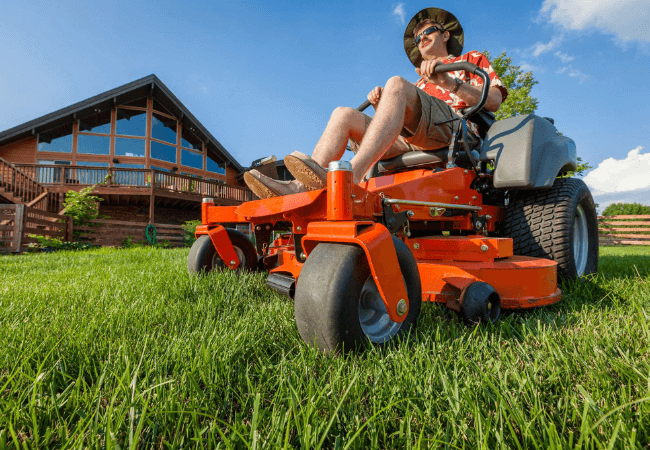
Hydraulic fluid level testing and replenishment:
Before checking the hydraulic fluid level, turn off the mower and give it some time to cool.
The hydraulic fluid level can be checked by locating the reservoir and taking out the dipstick. When the hydraulic fluid level drops below the recommended level, fill it up.
After a few minutes of operation, check the fluid level once again to make sure it is at the proper level.
Drive belt inspection and replacement:
Before checking the drive belt on the mower, turn it off and let it cool.
Look for the drive belt and inspect it for wear or damage indications like fractures or fraying.If the belt is damaged or worn out, replace it with an alternative as directed by the manufacturer.
Cleaning or changing the fuel and air filters: Before cleaning or replacing the fuel and air filters, turn off the mower and allow it to cool.
Find the fuel and air filters, then take them off the lawnmower.
Depending on the manufacturer’s instructions, you should either thoroughly clean the filters or replace them with new ones.
Before cleaning or changing the spark plugs, turn off the mower and give it some time to cool down.
Find the spark plugs and take them out of the lawnmower.
Depending on the manufacturer’s recommendations, either carefully clean the spark plugs or replace them with new ones.
Changing or adjusting the engine governor:
Before changing or altering the engine governor, turn off the mower and allow it to cool.
The engine governor should be located, and any wear or corrosion should be inspected. If it is broken or worn out, exchange it with an alternative as per the manufacturer’s instructions.
Consult the manufacturer’s instructions to make the necessary modifications if the governor is functioning properly but needs tweaking.
lowering the mower’s weight
The mower can be made lighter by removing any extra equipment or attachments.
To lessen the weight and strain on the mower when mowing on a hill, think about going across the slope rather than up or down it.
Good advice:
Before trying to diagnose or resolve any problems with your hydrostatic mower, always refer to the manufacturer’s instructions.
When working on your mower, put on the proper safety gear, like as gloves and eye protection.
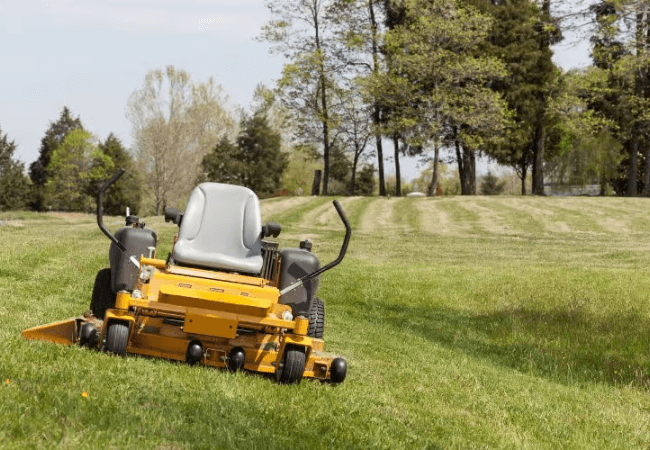
Preventative Maintenance
In order to keep your hydrostatic mower in good operating order and prevent future problems, preventative maintenance is essential.
You can keep your mower running safely and effectively and avoid future, expensive repairs by doing routine maintenance.
To avoid problems with your hydrostatic mower, you can undertake the following examples of routine maintenance:
- Inspect the oil level and condition on a regular basis and before each use.
- Use the oil viscosity and type that are suggested for your mower.
- Lubricate your mower’s moving components, such as the steering column and the deck spindles, on a regular basis.
- Use the high-quality lubricant that the manufacturer suggests.
- Maintaining a clean and clutter-free mower: After each usage, clean the mower and all of its parts of any debris or grass clippings.
- The mower should be properly cleaned with water and a light detergent.
- Tire pressure checks: Be sure to frequently check your tires’ pressure, especially before using a lawnmower.
The owner’s manual’s recommended tire pressure should be used to inflate the tires.
You can keep your hydrostatic mower in good operating order and avoid future problems by carrying out these maintenance procedures on a regular basis.
Also, it’s crucial to adhere to the maintenance schedules and duties advised by the manufacturer.
For instance, it’s recommended to change the oil in your vehicle at least once a year, but you might need to do it more frequently if you use your mower frequently or in unclean or dusty environments.
Every 25 hours of usage, or as the manufacturer specifies, lubrication should be carried out. Before each use, the tire pressure should be checked and changed as necessary.
When carrying out these maintenance procedures, make sure to keep an eye out for any symptoms of wear or damage, like leaks, loose or damaged parts, worn belts or hoses, etc.
Conclusion:
In conclusion, preventative maintenance is crucial to maintaining the functionality of your hydrostatic mower and preventing future problems.
You can make sure that your mower is working safely and effectively by conducting normal maintenance procedures, such as frequent oil changes, lubricating moving parts, and keeping the mower clean.

